A Conversation with Bruce Duffie
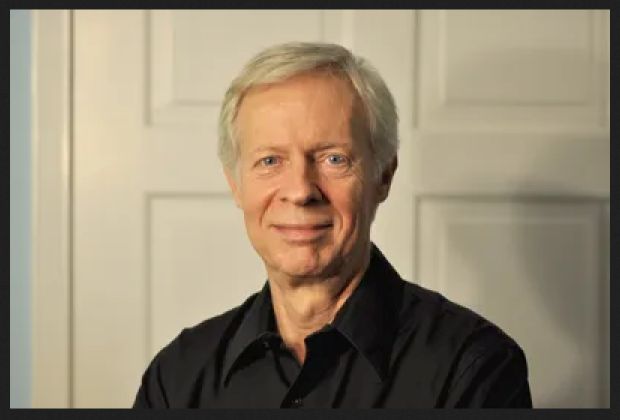

|
Composer Bruce Saylor was born April
24, 1946 in Philadelphia, PA. He has written symphonies, concertos,
chamber music, songs, and large-scale choral pieces, many of which have
been commissioned and performed by major opera companies, orchestras, chamber
ensembles and at music festivals around the world.
== Names which are
links in this box and below refer to my interviews elsewhere on this website.
BD |
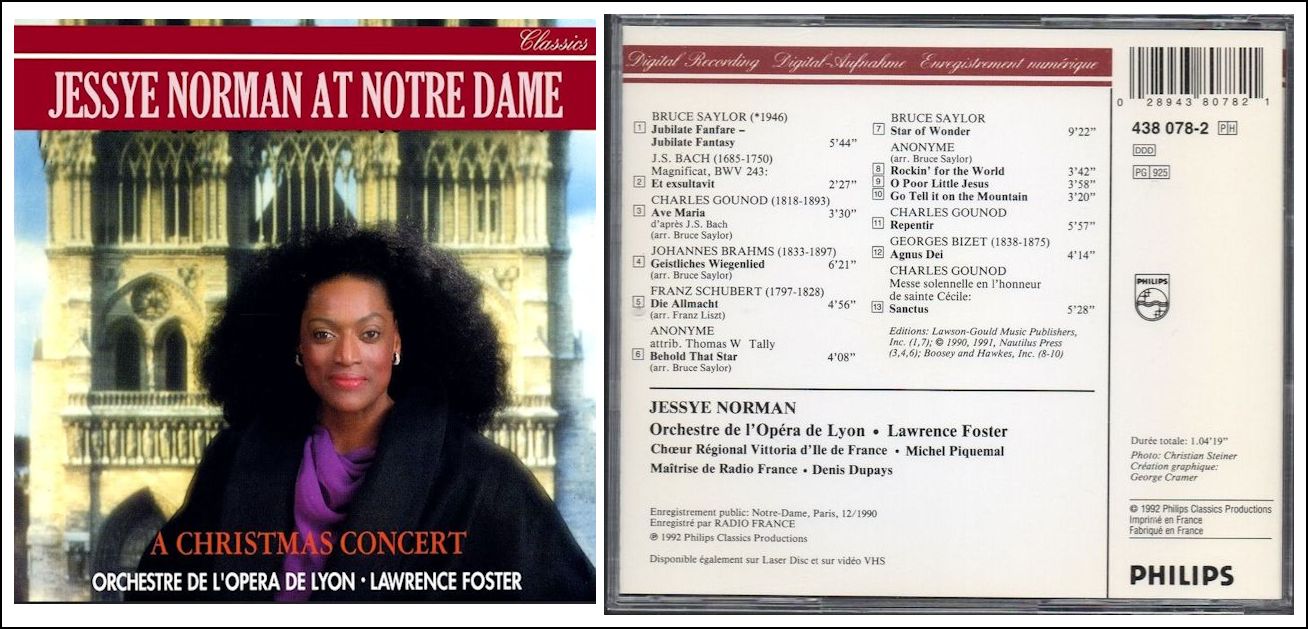
|
One of the most often-quoted descriptions of opera is that of Dr. Samuel Johnson, who famously defined opera in the mid-eighteenth century as ‘an exotic and irrational entertainment’. Johnson’s response to opera was at one with a prevailing English attitude of curmudgeonly roast-beef-and-ale xenophobia presented as bluff common sense, and was aimed primarily at Italian opera. His suspicion of Italian opera was shared by writers such as Joseph Addison and Richard Steele in The Spectator, the poet Alexander Pope (who represents opera as a foreign ‘harlot form’ in The Dunciad), and the painter William Hogarth, who satirized the Whig aristocracy’s cultivation of Italian opera (and other such foreign affectations) in prints and paintings. The literal meaning of exotic is, indeed, ‘foreign’ (as Johnson’s
own dictionary explains), and this may be all that Johnson implied
when he used the term, in this instance quite accurately; for, despite
indigenous attempts at the form in the seventeenth century, by the
eighteenth century opera was perceived as an essentially foreign import
to Britain, being largely performed there in a foreign language with
foreign performers. And for most countries in the world for the first
two centuries of its existence opera would be exotic beyond Italy since,
France aside, it was generally assumed that opera was Italian per se. The majority of opera composers were Italians,
many working in countries outside of Italy; but many non-Italian composers
such as Handel, Gluck, Haydn or Mozart predominantly set operas in Italian,
usually outside of Italy too.
== Text by Nicholas Till, University of Sussex,
published by the Cambridge University Press
|
| In 1989
Lyric Opera of Chicago launched its “Toward the 21st Century” artistic
initiative. This was the most important artistic initiative the
company had undertaken to date, and one with a far-reaching impact on
American opera in North America as well as in the international opera
community. Throughout the 1990s Lyric produced one 20th-century
European and one 20th-century American opera each season as part of the
regular subscription series. Within this initiative
Lyric commissioned three new works: William Bolcom’s McTeague
(1992-93); Anthony
Davis’s Amistad (1997-98); and Bolcom’s A
View from the Bridge (1999-00).
|
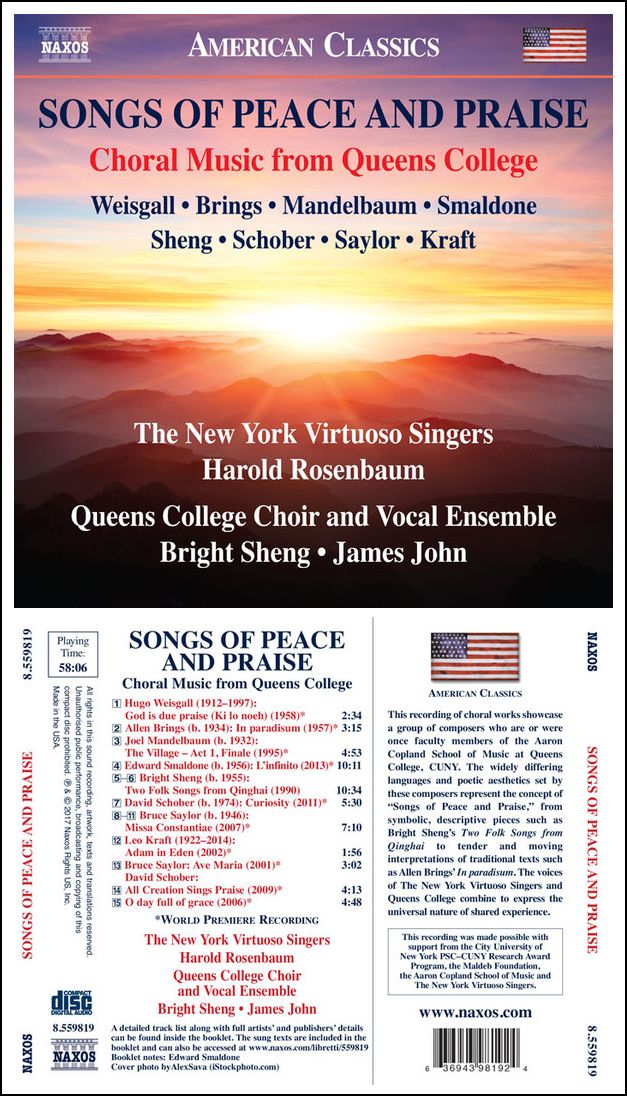
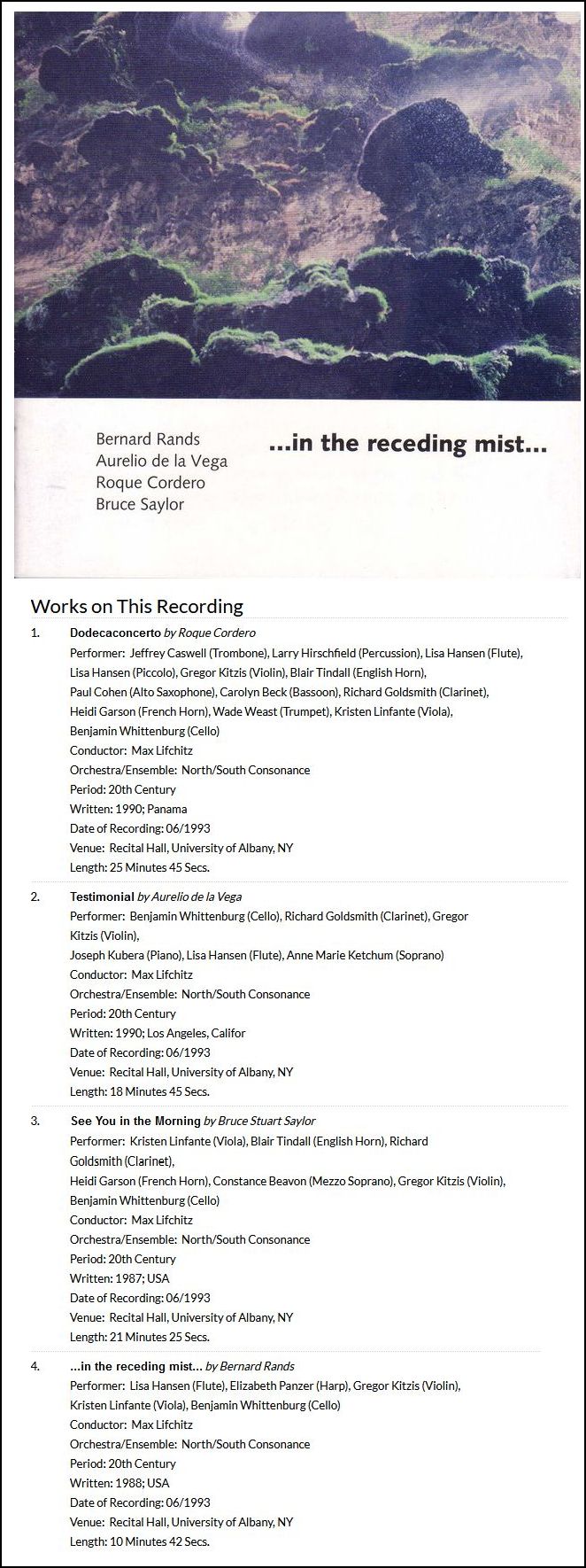
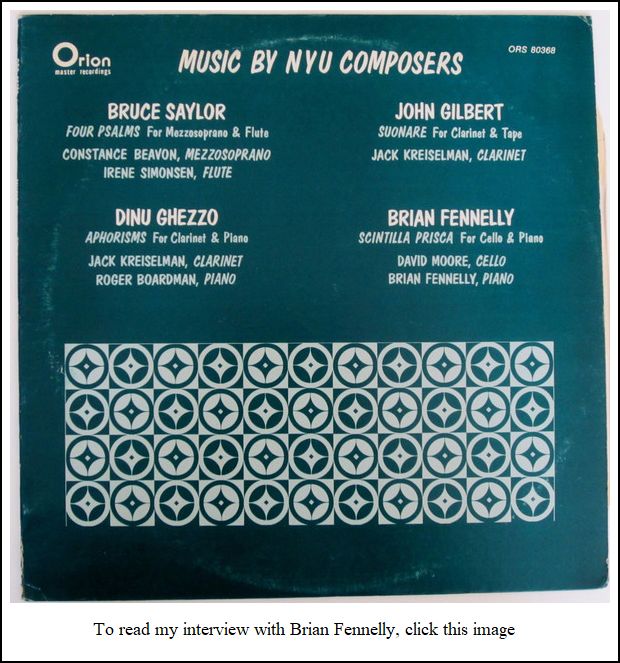
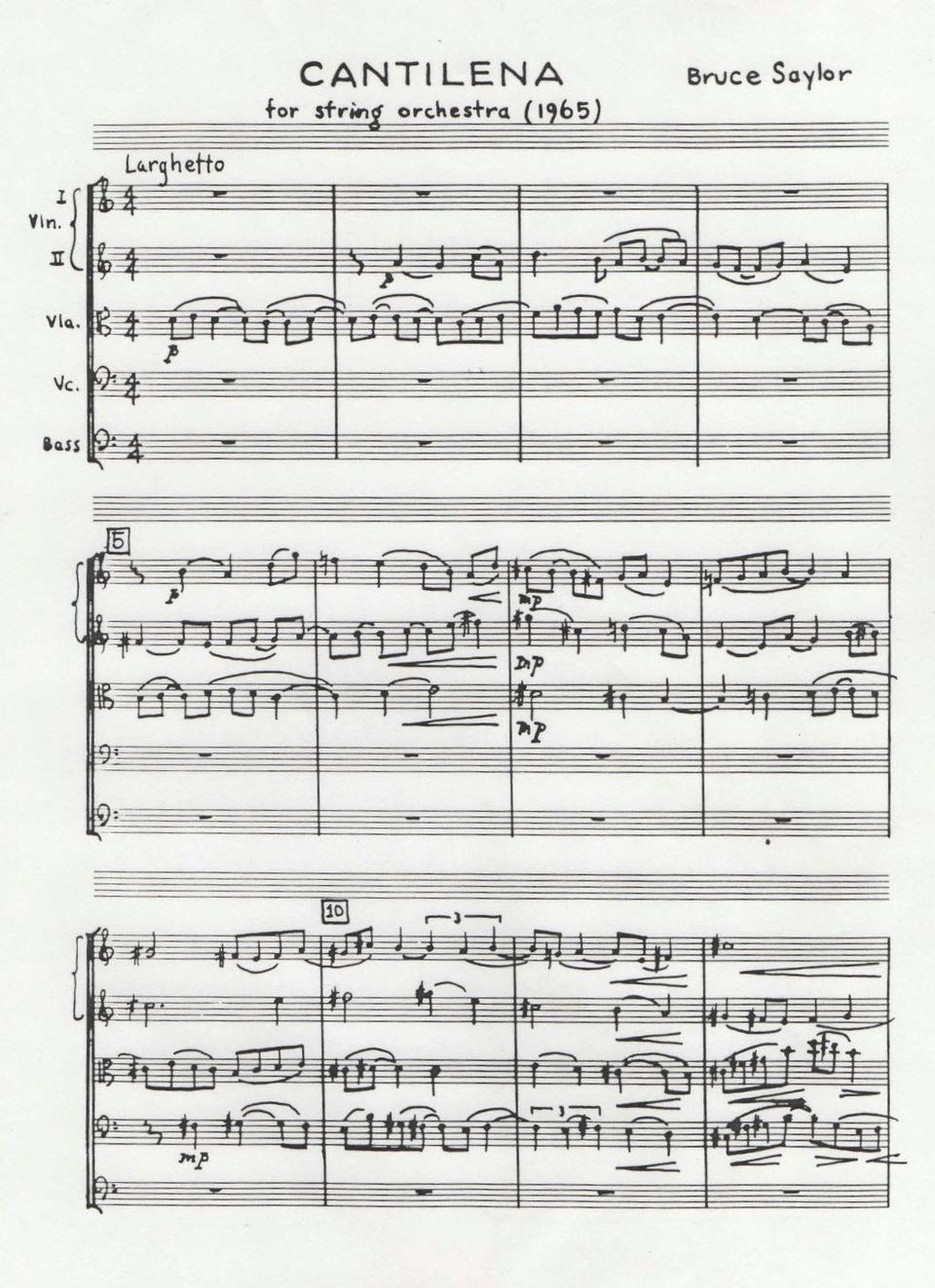
© 1994 Bruce Duffie
This conversation was recorded in Chicago on May 30, 1994. Portions were broadcast on WNIB the following week, and again in 1996. This transcription was made in 2021, and posted on this website at that time.
To see a full list (with links) of interviews which have been transcribed and posted on this website, click here. To read my thoughts on editing these interviews for print, as well as a few other interesting observations, click here.
Award - winning broadcaster Bruce Duffie was with WNIB, Classical 97 in Chicago from 1975 until its final moment as a classical station in February of 2001. His interviews have also appeared in various magazines and journals since 1980, and he now continues his broadcast series on WNUR-FM, as well as on Contemporary Classical Internet Radio.
You are invited to visit his website for more information about his work, including selected transcripts of other interviews, plus a full list of his guests. He would also like to call your attention to the photos and information about his grandfather, who was a pioneer in the automotive field more than a century ago. You may also send him E-Mail with comments, questions and suggestions.